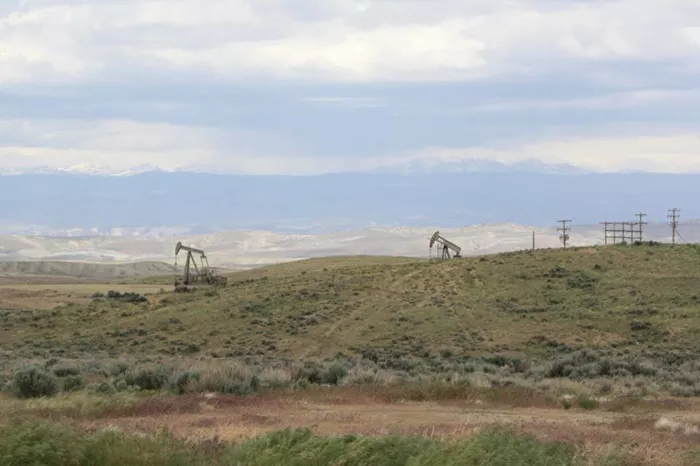The United States, already the world’s leading oil and gas producer, is facing a slowdown in output due to natural field depletion and broader market conditions. However, a new study from the U.S. Geological Survey (USGS) reveals a potentially game-changing development: an estimated 29.4 billion barrels of undiscovered oil lie beneath federally controlled lands.
The report marks a significant moment in U.S. energy policy, especially amid shifting political stances toward fossil fuel development. The Biden administration sought to restrict oil and gas drilling on federal lands to align with climate goals, while former President Donald Trump prioritized domestic energy production and exports. With the USGS’s new assessment, the debate over federal drilling could be reignited.
Alaska Leads in Untapped Reserves
According to the USGS, Alaska holds the lion’s share of untapped reserves, with approximately 14.46 billion barrels. New Mexico follows with an estimated 8.93 billion barrels, and Nevada with 1.4 billion barrels. In addition to crude oil, the report also estimates that over 391.5 trillion cubic feet of natural gas lie undiscovered beneath federal lands.
The findings bolster the narrative of “American Energy Dominance,” a policy framework first advanced during the Trump administration. “American Energy Dominance is more important than ever, and this report underscores the critical role science plays in informing our energy future,” said Secretary of the Interior Doug Burgum. “Thanks to the USGS’s rigorous and independent assessment, we’re better equipped to manage America’s vast public lands responsibly while supporting energy security and economic opportunity.”
Permian Plateau and Market Pressures
The Permian Basin in Texas and New Mexico has been the powerhouse behind recent production growth in the U.S., often compensating for declines in other shale regions. However, it is showing signs of strain. Premium drilling locations are becoming scarce, and costs are rising as companies move into less prolific areas. Some analysts remain hopeful for another production boom in the Permian, though others are more skeptical.
The recent USGS findings could alleviate concerns over a potential supply crunch, especially if production from the Permian begins to taper off. In the near term, however, producers remain cautious. The number of active drilling rigs has declined, reflecting sustained price pressure. While geopolitical tensions—including Israel’s strike on Iran on June 13—have driven prices above $75 per barrel, companies appear reluctant to shift strategies until long-term trends become clearer.
Environmental Pushback and Policy Uncertainty
Despite the optimistic outlook for energy security, environmental groups remain strongly opposed to expanded drilling on public lands. In a February blog post, the Natural Resources Defense Council criticized federal leasing policies under the Trump administration, arguing that public lands should be managed for the long-term benefit of all Americans rather than short-term industry gains.
Similarly, the Center for American Progress contends that increased federal drilling would have little impact on consumer energy prices. The think tank also accuses oil companies of price manipulation and notes that much of the federal land offered for leasing holds limited appeal for producers.
Still, investment in oil and gas continues to grow. Many financial institutions that had previously backed climate initiatives are now retreating from those commitments and increasing their fossil fuel exposure—another sign that the industry is banking on long-term viability.
Economic Viability is Key
Ultimately, the decision to tap these newly identified reserves will rest on economics. With global oil discoveries becoming increasingly rare and demand projections remaining strong in the medium term, these untapped barrels may become more attractive to producers sooner rather than later.
While political headwinds and environmental concerns are likely to intensify, the path forward will be determined by cost-efficiency, market stability, and shifts in federal energy policy. For now, the USGS report has placed a new set of strategic options squarely on the table.


